Hyundai Motor Group has donated $2 million for earthquake victims to be used for the relief efforts in Türkiye and Syria.
(more…)Tag: Hyundai
-
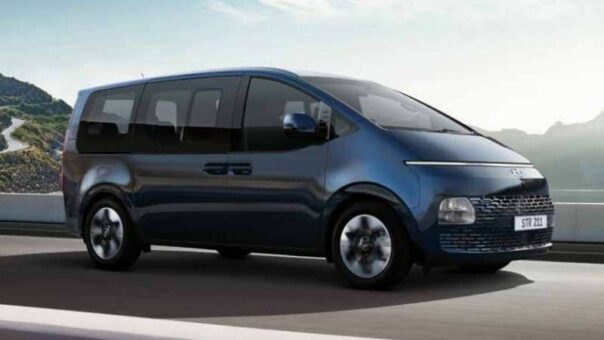
Price, specs of Hyundai Staria in Pakistan
Hyundai Staria was launched in Pakistan in February 2022. The car is manufactured by Hyundai Motor Company.
(more…) -
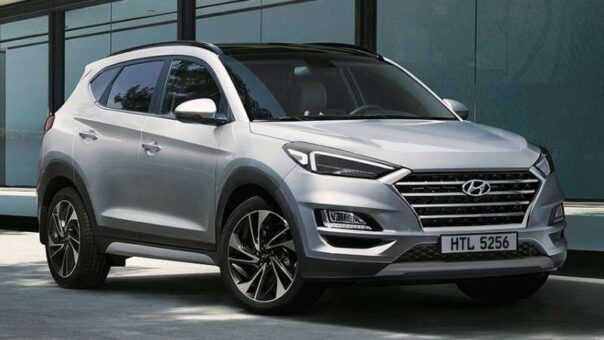
Price, specs of Hyundai Tucson in Pakistan
Hyundai Tucson was launched in Pakistan on August 11, 2020. The SUV is locally manufactured by Hyundai Nishat Motors.
(more…) -

Hyundai Motors increase car prices in Pakistan
Hyundai Nishat Motors announced to increase car prices in Pakistan due to the unprecedented fall in Pakistani Rupee (PKR) against the US dollar (USD). The revised prices of Hyundai cars are effective from February 01, 2023.
(more…) -
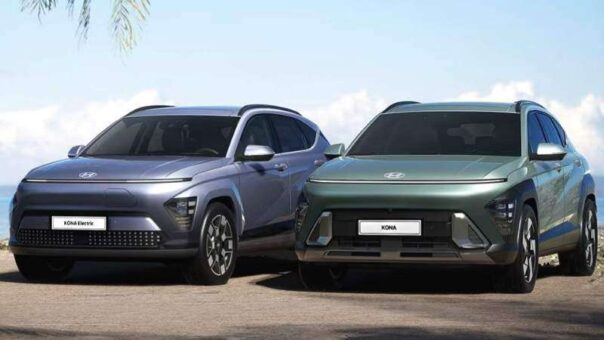
Hyundai revealed details of its all new KONA
Hyundai Motor Company today revealed details about its new generation KONA subcompact SUV with information about the global model coming in March.
(more…) -
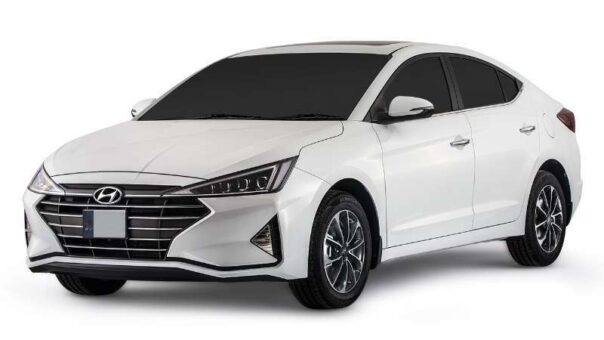
Price, specs of Hyundai Elantra in Pakistan
Hyundai Elantra was launched in Pakistan in March, 2021. The car is locally manufactured by Hyundai Nishat Motor (Private) Limited.
(more…) -
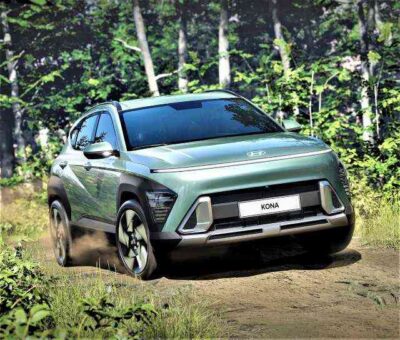
Hyundai launches futuristic designed KONA
Hyundai Motor Company unveiled the all-new electric vehicle KONA with futuristic design. The SUV is available in four variants including all-electric (EV) hybrid electric (HEV), internal combustion engine (ICE) and sporty N Line.
The KONA offers maximized living space for customers in model which has grown to 4,355 mm in length, 25 mm in width and 60 mm in wheelbase length.
The SUV’s clean, distinctive nose characterizes front section’s pure volume, which contributes to model’s smooth aerodynamic performance. The pure volume is highlighted by stretched Seamless Horizon Lamp, which is pixelated on the EV variant, marking the first Hyundai model with a Pixelated Seamless Horizon Lamp that adds to the EV’s distinctive character.
The KONA’s dynamic styling is accentuated with boldly sculpted wheel arch cladding that incorporates headlamps and taillamps, reinforcing vehicle’s robust underpinning.
There are several styling variations between the powertrain variants. The EV gets pixel graphic details on intake grille and rear bumper, a pixel-inspired 19-inch alloy wheel design, black embracing line and optional black side mirrors and roof.
The ICE and HEV share a bold and rugged bumper and skid plate design, and black wheel arch cladding. The N Line boasts optional black side mirrors and roof, wing-type spoiler, more aggressive front and rear designs with wing-shaped bumper to emphasize a lower stance, distinctive 19-inch alloy wheels, twin muffler and silver side skirt.
The 12.3-inch dual wide displays and floating module impart a high-tech impression. Ambient lighting enhances the user experience and convenience. With the column type shift-by-wire relocated from the center console to behind the steering wheel, it provides an uncluttered layout and additional space for belongings in the central tunnel.
The second-row Curve-less Bench Seat reinforces KONA’s 21st century urban design. This living space offers a unique experience with maximum usability, comfort and convenience. Behind the second row is a maximized cargo space.
-
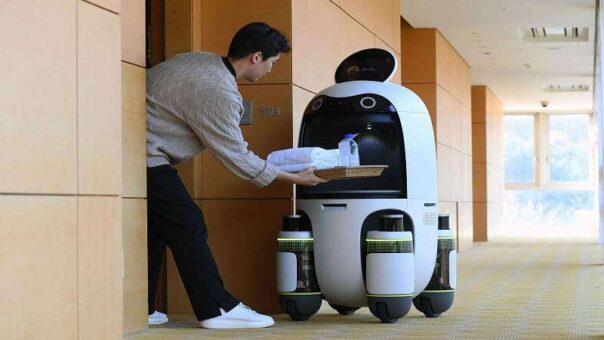
Hyundai Robots benefitted with Pilot programs for quick deliveries
SEOUL: Hyundai started two pilot delivery service programs using robots based on Plug & Drive (PnD).
These robots are available at hotels and residential-commercial complex in the suburbs of Seoul.
The delivery robot consists of a storage unit integrated on top of a PnD driving unit. Alongside the loading box used to deliver items, a connected screen displays information for customers.
READ MORE: Price, specs of MG HS 2022 in Pakistan
The robot contains one single wheel unit that combines intelligent steering, braking, in-wheel electric drive and suspension hardware, including a steering actuator for 360-degree, holonomic rotation. It moves with the aid of LiDAR and camera sensors. An integrated storage unit allows the robot to transport products to customers.
The PnD-based robot can find the optimal route within the area to deliver packages to recipients. It can recognize and avoid fixed and moving objects and drive smoothly, providing a fast delivery time.
The robot in service at the hotel uses a deep learning-based algorithm to recognize the surrounding environment and people. When the robot arrives at the room it recognizes the opening of the door, and once it perceives the recipient, it automatically opens the storage compartment for them.
The robot can communicate appropriate screen messages and in a befitting tone of voice based on the recipient. In addition, when moving between floors, the unit can determine the number of people boarding an elevator and wait for the next elevator if the first one is crowded.
The autonomous driving robot is also adept at avoiding obstacles and collisions, even in narrow hotel corridors, and can move between floors without human help due to electronic connectivity with the elevators, enabling it to deliver goods along an optimal route.
To enable the service, the Group uses wireless communication to access communal front doors and elevators, an issue which was previously an obstacle to commercializing robot delivery service. The service robot can enter the apartment complex, access upper floors through the elevator control system and deliver food to the customer’s home.
The technology enabling service robots to move autonomously indoors and outdoors and deliver food without human assistance has created a game-changing last-mile delivery innovation that is attracting significant attention from the logistics and retail industries. The company expects last-mile delivery robots to greatly increase the efficiency of the entire delivery process.
-
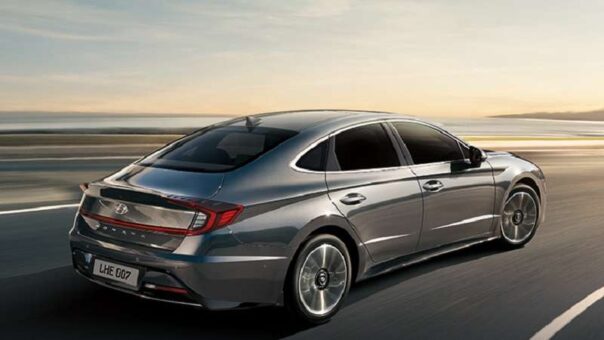
Price, specs of Hyundai Sonata in Pakistan
Hyundai Sonata was launched in Pakistan on July 06, 2021. The car is introduced with two variants Hyundai Sonata 2.0 and Sonata 2.5.
The ex-factory price of Hyundai Sonata 2.0 is Rs8,149,000 and the price of Sonata 2.5 is Rs8,899,000. The car is currently assembled by Hyundai Nishat in Pakistan.
The vehicle is introduced in variety of colors including Hampton Gray, Metallic Silver, Polar White, Diamond Black Metallic, and Oxford Blue.
The engine power of both variants is different. Hyundai Sonata 2.0 has a2000cc engine that generates a maximum power of 152/6200 Hp/Rpm at a maximum torque of 192/4500 Nm/Rpm.
The Hyundai Sonata 2.5 comes with a 2500cc engine, which generates a maximum power of 180/6000 Hp/Rpm at a maximum torque of 232/4000 Nm/Rpm. Both the variants are 2WD with 6-Speed Automatic Transmission.
The car contains five distinct driving modes for comfort. These include ECO mode, Comfort mode, Custom mode, Smart mode, and Sport mode.
The car is launched with safety features such as Hill Start Assisst Control, Electronic Stability Control, Auto Brake Hold, Electronic Parking Brake, Child ISOFIX Seat Anchors, and ABS with BA and EBD.
Sonata projects sensuous sportiness which serves as guiding concept throughout Sonata’s development.
The car has a striking presence achieved through a harmonized balance between proportion, architecture, styling and technology. Every curve and every bend add to the premium accent of the car.
The rear design contributes more towards the beauty of car. The connected LED Rear lamps incorporated with rear air fins creates a unique style and enhances aerodynamic performance.
The rear bumper design and extended LED lights provides a broad stance, giving Sonata its perfect blend of sporty and classy look.
Sonata contains new and improved powertrains mated to a six-speed automatic gearbox. Gear selection is controlled by a new shift-by-wire selector that makes for safer, more precise and fool-proof gear changes and its smaller footprint clears up valuable space on the center console.
This same push-button convenience is brought to the electronic parking brake which comes with auto-hold that allows the driver to remove his foot from the brake pedal during stops to relax the leg muscles while maintaining brake pressure.
-

Hyundai signed MOU with EV battery manufacturer
Hyundai Motor Group today signed MOU (memorandum of understanding) with SK On Co., Ltd, a leading EV battery manufacturer. They had signed to secure a supply of EV batteries in North America.
The signing of the MOU took place at SK Group Headquarters in Korea, participated by Heung-soo Kim, Executive Vice President and Head of Corporate Future Growth Planning Division & EV Division of Hyundai Motor Group and Young-chan Choi, Chief Administrative Officer of SK On.
Under the MOU, both parties will cooperate to provide SK On batteries to the Group’s plants in the U.S. after 2025 for the EV production.
READ MORE: Hyundai launch N Vision 74 Concept car
“Through the EV battery MOU, we will be able to further accelerate our efforts to secure EV leadership in the North American market,” said Executive Vice President Kim. “We expect the stable supply of EV batteries from SK On will also enable us to contribute to emissions reduction and meet climate goals in the market.”
“We expect the cooperation between SK On and Hyundai Motor Group to create a big synergy,” SK On Chief Administrative Officer Choi Young-chan said. “Both sides can hold a solid position in the process of electrification in the North American auto market.”
Hyundai Motor Group is accelerating electrification efforts with the global target to sell 3.23 million full electric vehicles annually by 2030. To realize this goal, the Group plans to establish a global EV production network that will ensure a stable supply of EVs around the globe.